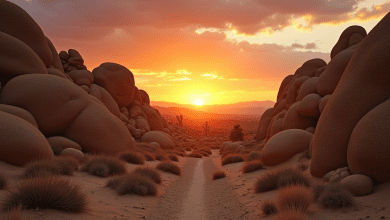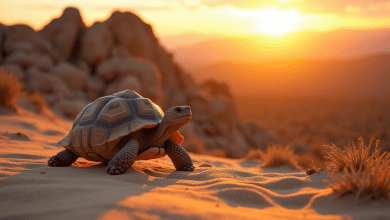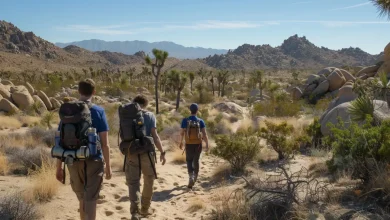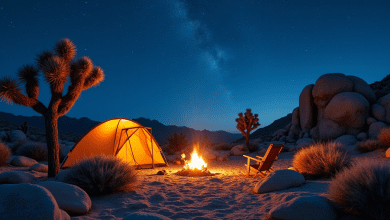Understanding Extreme Heat: How Hot Does It Really Get in Different Regions?
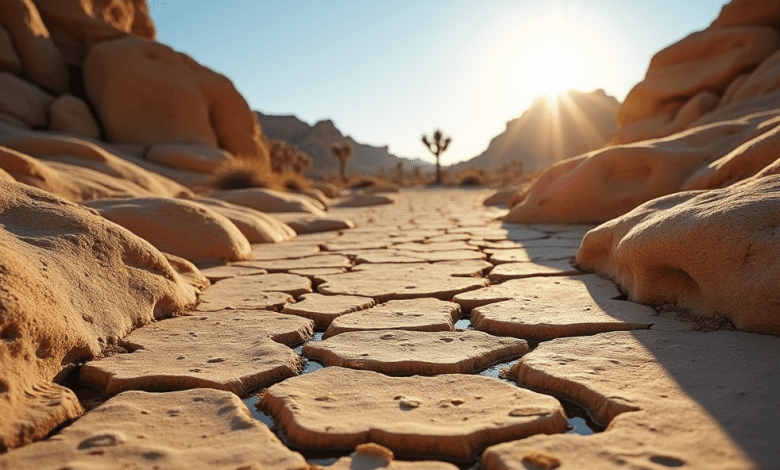
How Hot Does it Get? Understanding Temperature Extremes
Temperature is a universal measurement that impacts our daily lives, from the weather we dress for to the activities we engage in. But how hot does it actually get, and what factors dictate these extremes? In this blog post, we will explore climatic trends, global temperature records, and the science behind heat to answer the question: How hot does it get?
The Science of Temperature Measurement
Before diving into extremes, it’s important to understand how temperature is measured. Scientists use various scales, but the most common are Celsius (°C), Fahrenheit (°F), and Kelvin (K).
- Celsius: Used by most countries globally, water freezes at 0°C and boils at 100°C.
- Fahrenheit: Predominantly used in the United States, water freezes at 32°F and boils at 212°F.
- Kelvin: Mainly used in scientific contexts, this scale starts at absolute zero, where molecular motion stops.
Tip: Knowing these conversions can help you better understand climate data and forecasts. For instance, 100°F is approximately 37.8°C.
Global Temperature Extremes
Record Highs and Lows
The world has seen some astonishing temperature records. On July 10, 1913, Furnace Creek Ranch in Death Valley, California, recorded an astounding high of 134°F (56.7°C). This remains the highest temperature officially documented on Earth.
Conversely, the lowest recorded temperature, which plummeted to -128.6°F (-89.2°C), occurred in Vostok Station, Antarctica, on July 21, 1983. These extremes highlight the vast climatic diversity our planet experiences.
Factors Influencing Heat
Temperature extremes are influenced by several factors, including:
- Geographic Location: Areas near the equator generally experience higher temperatures due to direct sunlight, while polar regions remain cooler.
- Altitude: Higher altitudes tend to be colder because the atmosphere thins and holds less heat.
- Season: Different seasons bring fluctuating temperatures, which vary depending on axial tilt.
- Urban Heat Islands: Cities can experience higher temperatures than rural areas due to human activities and heat-absorbing surfaces like asphalt.
The Impact of Climate Change
Recent scientific studies indicate that climate change is raising the baseline temperature of our planet. As greenhouse gases accumulate in the atmosphere, heat retention increases, leading to more frequent and intense heat waves. According to the Intergovernmental Panel on Climate Change (IPCC), it is likely that global temperatures will rise 1.5°C above pre-industrial levels by 2030.
Coping with Extreme Heat
Understanding extreme temperatures is essential not only from a scientific viewpoint but also from a practical standpoint. Here are some tips to cope with high heat:
Stay Hydrated
One of the most effective ways to combat heat is by ensuring you drink enough fluids. This will help maintain your body temperature and keep you hydrated.
Dress Appropriately
Wearing light, loose-fitting clothes made from breathable fabrics like cotton can help you feel more comfortable. Light colors reflect heat, whereas dark colors absorb it.
Plan Activities Wisely
If possible, plan outdoor activities during cooler parts of the day, such as early morning or late evening. This can reduce your risk of heat exhaustion or heat stroke.
Conclusion
Understanding how hot it gets around the world helps us grasp the bigger picture of climate, geography, and the impacts of human activity on our planet. By informed weather choices, staying hydrated, dressing appropriately, and adapting to climate changes, we can better enjoy and navigate the temperatures of our world.
If you’re looking to explore more about climate and temperature, subscribe to our blog for continual updates, tips, and discussions on these essential topics!
